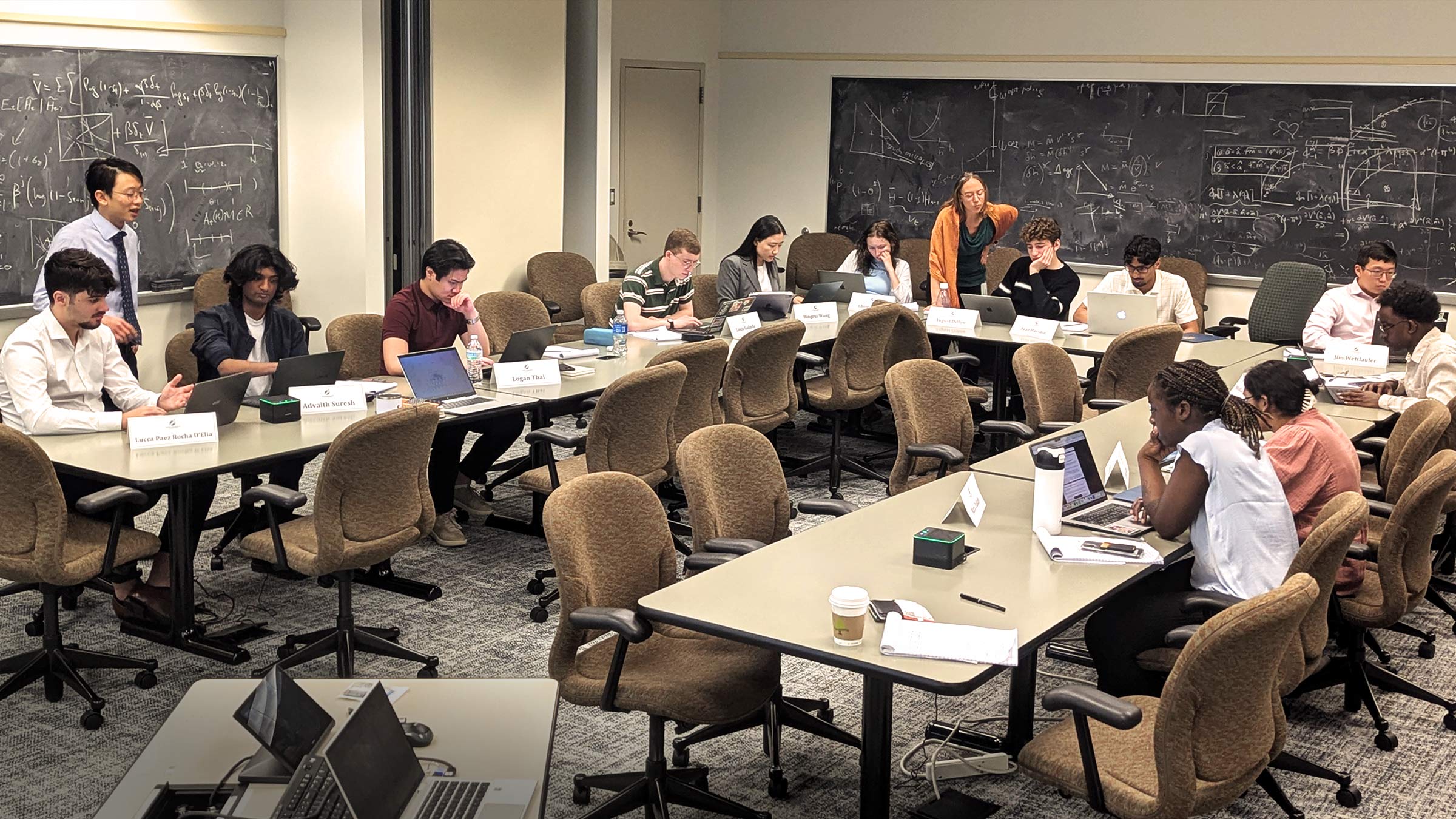Nationwide and in the district, there’s widespread concern that colleges and universities aren’t producing enough STEM (science, technology, engineering and mathematics) workers.
Whether or not the district faces a STEM crunch—an inadequate supply of STEM graduates to meet employer demand—students from other countries account for a significant and rising share of STEM degrees awarded by higher education institutions in the region.
In 2012, about 7 percent of bachelor’s degrees awarded by district institutions in STEM fields such as computer science and engineering went to international students, according to the National Center for Education Statistics (see chart). There was marked variation among states, with North Dakota posting a foreign-awards rate almost five times higher than South Dakota's. The U.S. average was 5 percent.
The share of STEM bachelor’s degrees earned by international students has increased since the Great Recession, outpacing overall growth in foreign four-year degrees. The proportion of STEM master’s degrees and doctorates earned by foreign students is much higher—about 40 percent districtwide—but has declined slightly over the past decade.
International college enrollment has risen in the district since the mid-2000s, slowed only briefly by the recession. Many foreign students, including those from countries such as China and Korea that score high in math and science on international tests, opt to pursue STEM majors. U.S. students are less likely to declare majors in STEM fields—hence, efforts by educators, employers and others to increase the number of homegrown STEM graduates.
For much more on STEM education and international students, watch for the upcoming April issue of the fedgazette.






